by Sher Delva | Aug 18, 2017 | Addiction, Drug Abuse, Family, Mental Health, Mood Disorders
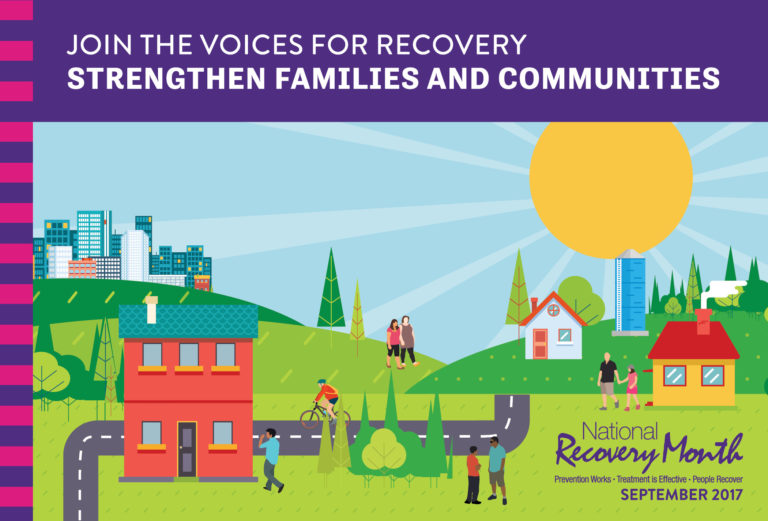
We are pleased to announce Dug and Heidi McGuirk of Palm Healthcare as special keynote speakers for this year’s Broward Recovery Month Event!
The Broward Recovery Event will honor special individuals in the community who are powerhouses for the recovery community.
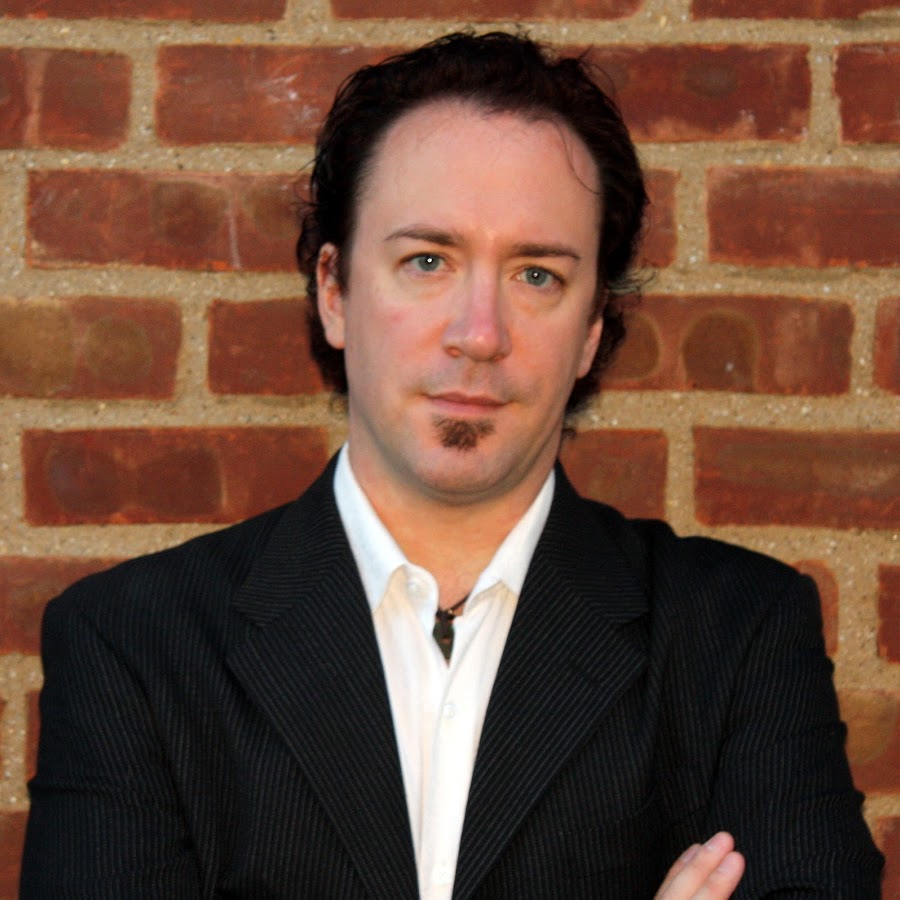 Dug McGuirk is an accomplished entrepreneur and inspirational speaker. As co-founder of Revolutionary Health, Dug is committed to transforming lives. Dug McGuirk is the VP of Training and Development for Palm Healthcare Company where he regularly teaches a variety of transformative classes.
Dug McGuirk is an accomplished entrepreneur and inspirational speaker. As co-founder of Revolutionary Health, Dug is committed to transforming lives. Dug McGuirk is the VP of Training and Development for Palm Healthcare Company where he regularly teaches a variety of transformative classes.
 Heidi McGuirk is an author, co-founder of Revolutionary Health, Master Relationship Coach and addiction professional who teaches several weekly classes at Palm Healthcare.She is the creator and CEO of Love Coach Heidi where she helps recovering co-dependent women learn how to love themselves first.
Heidi McGuirk is an author, co-founder of Revolutionary Health, Master Relationship Coach and addiction professional who teaches several weekly classes at Palm Healthcare.She is the creator and CEO of Love Coach Heidi where she helps recovering co-dependent women learn how to love themselves first.
Dug and Heidi both created an amazing family program for the families of addicted loved ones. The Family Program helps families navigate addiction and understand how to help their loved one instead of hurting them.
We would like to offer you the FREE GIFT of a checklist to help decipher if you are helping or hurting a loved one who is struggling with addiction.
Click for FREE GIFT
We encourage all to come out and support them in this year’s Broward Recovery Month event. Even if you are not familiar with the incredible work Dug and Heidi McGuirk do, you will gain so much from attending the event and hearing their words of inspiration and hope.
Here are the details:
Broward National Recovery Month Event:
When: September 9th from 11-3
Where: The War Memorial Museum
800 NE 8th St, Fort Lauderdale, FL 33304
What: Join special keynote speakers Dug and Heidi McGuirk for FREE food, fun, and inspiration.
This year’s theme for Recovery Month 2017 is Join the Voices for Recovery: Strengthen Families and Communities.
September marks the 27th anniversary of National Recovery Month. The purpose of National Recovery Month is to increase awareness and understanding of mental and substance use disorder and celebrate people who DO recover.
The 2017 theme highlights the value of family and community support. Recovery Month invites individuals in recovery and their family members to share their personal stories and successes to inspire and encourage others.
Broward Recovery Month will be an exciting, INSPIRING event for all to attend. You can make a difference by joining in the Recovery Month Effort.
Support is crucial when it comes to addiction recovery.
Events that support recovery help encourage and inspire those struggling with their addiction, as well as give an outlet to those who have had amazing success in recovery. These events were created to join the recovery community together and celebrate those who have achieved success in their journey.
Broward’s Recovery Month Celebration “honors outstanding individuals who have made significant contributions to helping people in our county remain sober.”
Overall, National Recovery Month helps instill a sense of belonging, safety, and security to the recovery community. This year, we encourage you to participate in events in your community that support addiction recovery. There are events happening nationwide for you to attend.
Whether you are new to recovery or have years of sobriety under your belt, everyone can benefit from attending major events like this. Families of addicted loved ones are strongly encouraged to attend because this year’s National Recovery Month specifically focuses on strengthening families. Families know more than anyone that addiction does not affect just the addict, it affects everyone around them too.
Millions of lives have been transformed through recovery. Often, these successes go unnoticed. Recovery Month is an excellent way for everyone to celebrate these accomplishments.
Addiction affects everyone, not just the addict. Therefore, if you or someone you know is currently struggling, please reach out. We want to help. Do not wait. Please call toll-free now.
CALL NOW 1-888-922-5398
by Sher Delva | Aug 16, 2017 | Addiction, Addiction Treatment, Depression, Drug Policy, Mood Disorders, Recovery
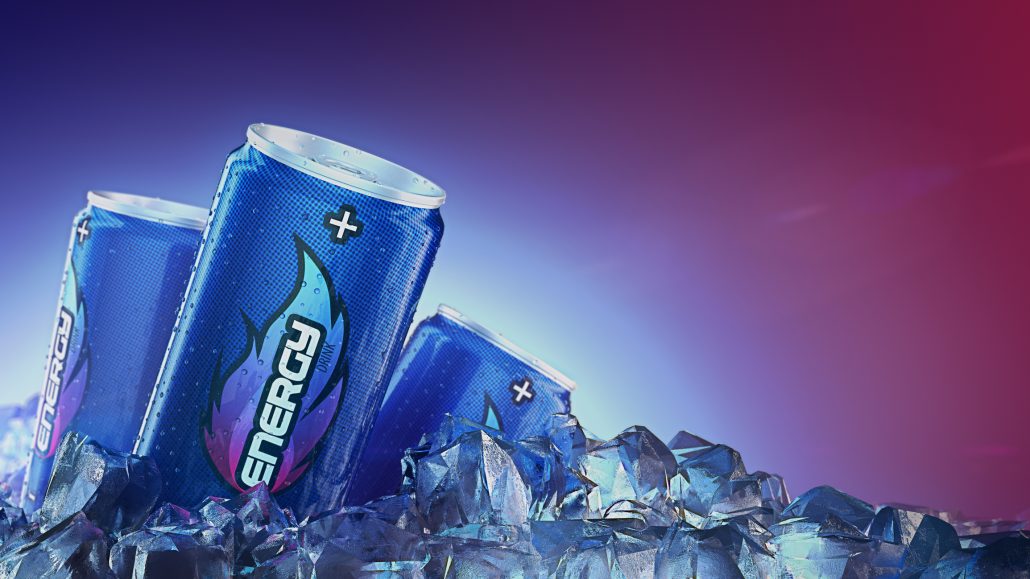
Red Bull? Monster? Rockstar?
These are all names of some of the most popular energy drinks on the market. Energy drinks are loved by many, however, those who love them most are usually young. Could energy drinks make a person more susceptible to drug abuse or alcoholism later in life?
Shockingly, there is a potential connection between those who consume energy drinks regularly and those who abuse drugs or alcohol later in life.
Researchers at the University of Maryland discovered that young adults who regularly drink highly caffeinated energy drinks continuously were significantly more likely to use cocaine, abuse prescription stimulants and be at risk of alcoholism.
“The results suggest that energy drink users might be at heightened risk for other substance use, particularly stimulants,” said researcher Amelia Arria. The study was published in the Journal of Addiction Medicine in June.
Researchers discovered that 51.4 percent of the 1,099 participants fell into the group with a “persistent trajectory” which means they sustained their energy drink consumption over time. This prolonged use increased the risk of drug addiction and alcoholism, the study determined.
The “persistent trajectory” group were the most likely to be using stimulants and drinking heavily by 25. Those in the “intermediate trajectory” also had an increased risk of risky behavior compared to those who drank much less or never drink caffeinated beverages at all.
For a while, some in the treatment industry warned how these energy drinks could negatively affect those trying to recover from drug and alcohol abuse. They said that drinks often serve as a convenient replacement for a high.
Energy drinks contain a combination of caffeine, vitamins, and herbs. They are easily accessible in any convenience store or supermarket. Redbull and Monster dominate the energy drink market that averages about $50 billion in sales worldwide.
The five-year study controlled for factors such as the effects of demographics, sensation-seeking behaviors, other caffeine consumption and prior substance use.
“Because of the longitudinal design of this study, and the fact that we were able to take into account other factors that would be related to risk for substance use, this study provides evidence of a specific contribution of energy drink consumption to subsequent substance use.”
Despite these results, it is still unclear what biological mechanism connects energy drink use with later stimulant use. More research is needed to understand this fully.
“Future studies should focus on younger people because we know that they too are regularly consuming energy drinks,” Arria added. “We want to know whether or not adolescents are similarly at risk for future substance use.”
With all this said, should energy drinks be regulated? As of right now, it is very easy for anyone to consume energy drinks. Arria suggests policy interventions to help minimize the negative long-term impact.
“Energy drinks are not as regulated as some other beverages. One policy implication is to consider options for regulating the maximum amount of caffeine that can be put in an energy drink,” she said, according to USA Today.
“Parents need to be aware of those risks when their child or adolescent or young adult wants to make a decision about what sort of beverage to consume. They need to be aware of the potential risk.”
—
Energy drinks are great once in a while. However, like everything in life, too much of a good thing can become dangerous. What are your thoughts on this study? Are energy drinks harmful? If you are struggling with mental illness or substance abuse, please do not wait to seek help. Call now.
CALL NOW 1-888-922-5398
Author: Shernide Delva
by Justin Mckibben | Aug 14, 2017 | Death, Drug Abuse, Fentanyl, Heroin, Naloxone, Narcan, Opioids, Prescription Drugs
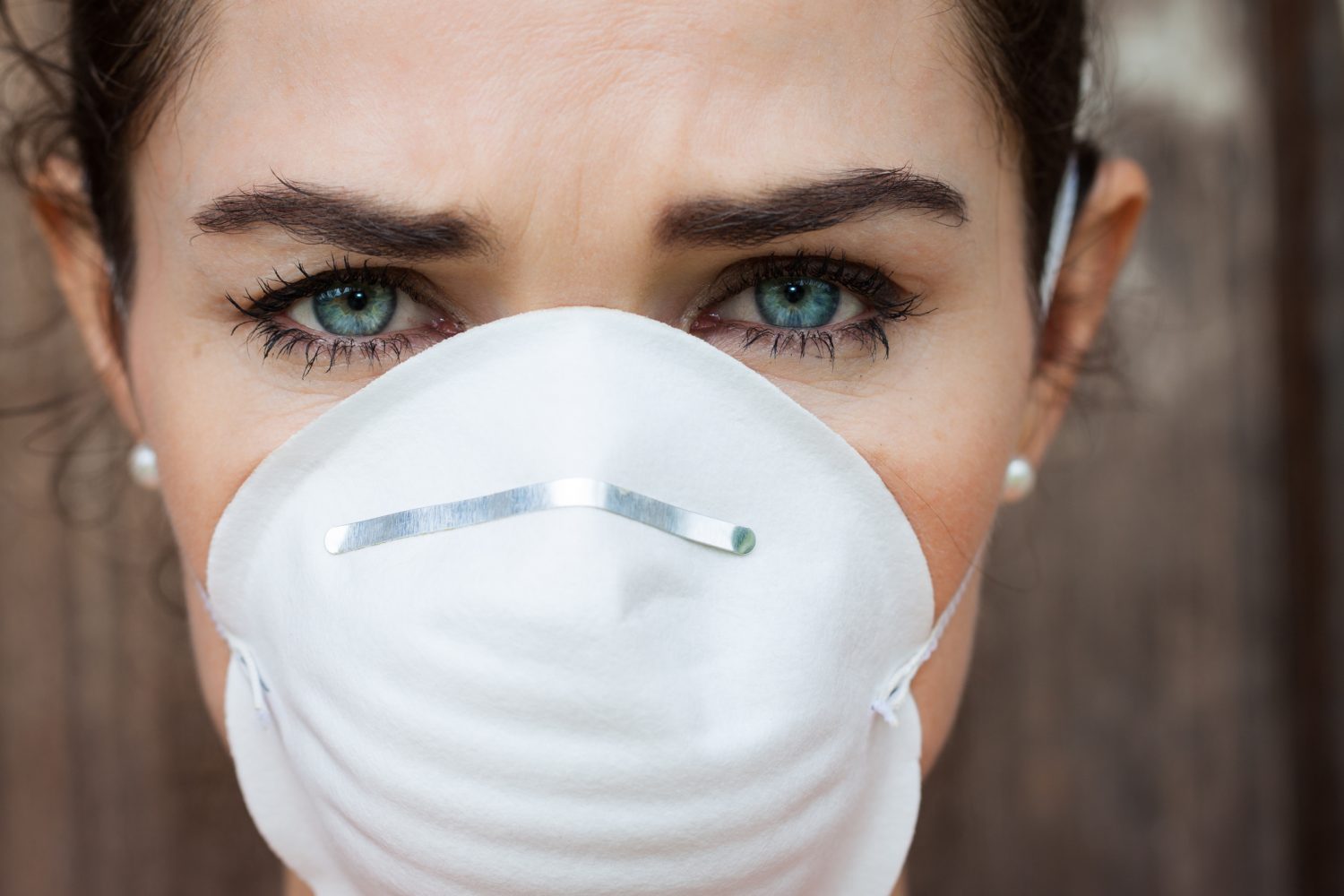
As we have seen time and time again, the opioid epidemic all across America has not been confined to one substance. It takes the shape of prescription painkillers, illicit heroin and even the more potent synthetic opioids like fentanyl. With the gradual progression of this poisonous outbreak, we have seen the stakes get higher and higher. Prescription opioids contributed to a growing population of heroin users. Dealers lacing heroin with synthetics like fentanyl led to higher overdose rates. Then the highly dangerous, frequently lethal carfentanil was added to the mix and now just being around the drugs can almost kill you.
With the addition of fentanyl and carfentanil to the illicit drug world comes a very real and potentially lethal new threat- secondary exposure overdose.
What is Secondary Exposure?
Secondary exposure is also referred to as secondary contamination or second-hand exposure. It is a term usually used with things like asbestos poisoning or mesothelioma. Sometimes it is even used to describe the effects of radiation. It is when people come into contact with gasses or substances that can be absorbed into the body and do very real damage.
The most common comparison you could make is to second-hand smoke, which is when people smoking cigarettes expose others to the toxic gas they and the cigarette release into the air. Second-hand smoke can cause very real health problems, including some cancers. The most terrible aspect of it being that the individual who gets sick doesn’t even have to smoke themselves.
With drug use secondary exposure overdose has now become a real risk thanks to synthetic opioids. Law enforcement and other officials tell us that some of these dangerous substances must be handled with the utmost caution. The news coming out of Ohio this week is just another example of how hazardous these drugs have become.
Ohio Nurses Experience Secondary Exposure Overdose
At Affinity Medical Center, a hospital in Massilion, Ohio, three nurses helped treat an overdose patient. After cleaning the room where the individual was treated, the three nurses were overcome by secondary exposure. They got sick and shortly after lost consciousness.
Detective Shaun Dadisman states,
“They were cleaning up the room and started to feel sick. And then that left them waking up in a hospital bed,”
According to the investigators in this case, the three nurses were treated with Narcan. The opioid overdose antidote Narcan is the brand name for Naloxone, which is used to reverse the effects of opioids on the respiratory system. The local law enforcement believe the substance the nurses were exposed to was fentanyl. Thankfully, all three nurses are said to have recovered.
A union representing nurses at the hospital intends to meet with hospital officials to review protocols for environmental contamination. A spokeswoman from the hospital states that the institution does have effective policies, which isn’t out of the question.
Police Officer Needs Narcan after Secondary Exposure Overdose
Just this summer, a police officer in a very similar situation almost died from an accidental overdose due to secondary exposure. Officer Chris Green was responding to a drug call when the incident occurred. The drug he came in contact with at the time was so powerful that even though officer Green said he was wearing gloves and a mask as he searched a suspect’s car, he still ended up being severely impacted by the substance. Merely by ending up with a white substance on his shirt officer Green needed to be revived with not just one, but multiple doses of Narcan.
How Does Secondary Exposure Overdose Happen?
Detective Shaun Dadisman spoke more about the dangers of opioid overdose through secondary exposure. Dadisman states,
“It shuts down your breathing. It shuts down your system so you get to the point where you’re not breathing on your own. And you need that boost and that Narcan is what takes that away so it helps you to recover quickly,”
Fentanyl and other opioids like carfentanil present a whole new level of danger concerning secondary exposure. The drugs are so intoxicating that law enforcement and medical personnel are now forced to come up with new policies and protocols just to handle an individual who may be overdosing on these drugs to protect themselves and others. Dadisman stated,
“I was actually stuck by a needle from an individual on a heroin overdose, so I had to run through all of the testing myself,”
The opioid epidemic now doesn’t just present an elevate risk of death to those who are using these drugs. Opioid abuse now poses a very real and deadly danger to those who work to save the lives of users every day. The greatest danger some of these drugs prevent is that of the unknown. As Dadisman points out,
“I think there will be continued changes – gloves, masks. And the problem with our first responders, police officers and our nurses and stuff, is you don’t know immediately what you’re dealing with. After the fact, you may know, but it may be too late.”
So now every day these synthetic opioid drugs don’t just threaten the lives of people who consume them, whether knowingly or not, but also the people closest to them.
So what can be said about secondary exposure overdose? Well, it is safe to say that with some of the most powerful drugs that are out there simply getting some on your skin or breathing it in, even on accident, can cause life-threatening illness. While hopefully this concept does not start a panic, it is a reality that more people should probably be aware of. Whether people are leaving the drug around others, consuming the drug in public places or being revived by loved ones and first responders, the fact is the drugs are stronger and more life-threatening than ever. The fact that a dose of Narcan might not save someone on the first shot should be enough to push for more awareness and more focus on finding a way to fight back.
So, what more can be done about the possibility of secondary exposure overdose?
If you or someone you love is struggling with opioids do not hesitate to get help. The rates for overdoses and opioid-related deaths are far too high to keep gambling with your life. Protect your loved ones and your future. If you or someone you love is struggling, please call toll-free now. We want to help.
CALL NOW 1-888-922-5398
by Sher Delva | Aug 11, 2017 | Addiction, Anxiety Disorder, Therapy, Withdrawal
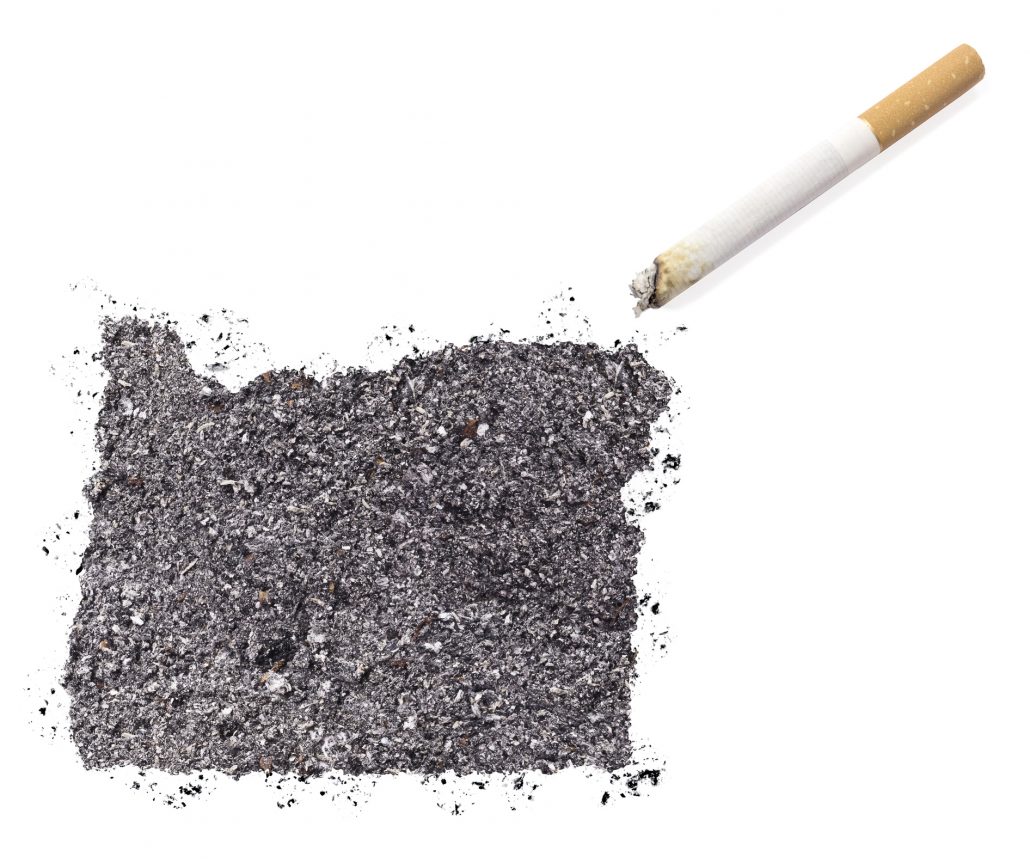
It’s official.
Oregon just became the 5th state to raise its smoking age to 21. Oregon will now join California, New Jersey, Hawaii, and Maine as states where a person must be at least 21 to purchase tobacco products.
Gov. Kate Brown signed the bill on Wednesday, and it will take effect at the start of 2018. The bill will bar anyone under the age of 21 from purchasing tobacco products.
The empirical research shows the change could save lives. Prior to this, Brown praised Lane County in Oregon for raising its legal age, arguing it was a necessary move to reduce smoking rates.
“I want to make sure that we continue to reduce the number of young people starting to smoke, but it’s also critical that we reduce the number of people smoking,” she said in May.
In short, these new bills are a popular strategy to address the high death rates from smoking. While smoking rates have actually declined in the past several years, tobacco products still kill far more than all other drug-related deaths, murders and car crashes combined. Policymakers believe these new bills will decrease the amount of deaths that occur every year due to tobacco
The Stats & The Controversy:
Tobacco kills over 480,000 people in the US every year. A 2015 report from the Institute of Medicine (IOM) found that raising the smoking age to 21 could prevent approximate 223,000 premature deaths among Americans born between 2000 and 2019.
Still, some remain skeptical. Many argue that since 18-year-olds can serve in the military, get married and enter into legal contracts, they should be able to choose whether or not to smoke. Furthermore, there are concerns about how these policies are going to be enforced and the overall cost for taxpayers.
However, Beverly May, a regional director for the Campaign for Tobacco-Free Kids supports the bill. She believes it is another step in changing social norms and reducing the amount of youth who smoke.
“This is just another tool of a comprehensive approach to working with youth … It’s not just (raising the legal age to) 21. I think there’s been a lot of emphasis on law enforcement, but this is something we want to do for changing the social norms. It’s working with communities and convenience stores so they don’t sell the cigarettes,” May said.
Changes in smoking regulations are always shocking at first, May explains. At one time, smoking was common in airports, public restaurants, bars and other indoor locations. However, nowadays seeing someone smoke indoors would be incredibly uncommon.
“Now what happens is that if you walk into a restaurant and someone sees another person smoking, usually a patron will tell them to quit smoking or will tell the management. So a lot of these laws are policing themselves,” May continued.
Young People Are More Likely to Become Regular Smokers
Furthermore, older people are less likely to become smokers in comparison to younger people, the study notes. About 90 percent of adults who are daily smokers started smoking before 19 years old. Almost 100 percent report their first use before age 26, according to the IOM report. Therefore, preventing people from smoking at a young age could prevent them from smoking for a life time.
The higher legal age would delay the initiation rate in several ways:
- It would prevent 18- to 21-year-olds from legally purchasing cigarettes.
- It would have a trickle-down effect by making it more difficult for 15-17-year-old to access cigarettes from friends and family.
- Middle and high-school students are more likely to have peers around 18-19 than peers closer to 21, making it more difficult to regularly obtain cigarettes illegally.
These new bills are modeled after The National Minimum Drinking Act of 1984 which rose the legal drinking age from 18 to 21.While many argue that the drinking age should be lowered, a 2014 review in the Journal of Studies on Alcohol and Drugs found that evidence strongly suggested that the increasing drinking age has, in fact, reduced the amount of underage drinkers.
The review discovered that the minimum 21-year old drinking age saves hundreds of lives annually when you look at reduced alcohol-related traffic fatalities among underage drivers. One study found that the number of fatally injured drivers with a positive blood alcohol concentration decreased by 57 percent among those ages 16 to 20.
New Zealand, which reduced its drinking age from 20 to 18 in 1999, saw increases in drinking among ages 18 to 19. There was an even bigger increase among those 16 to 17 years old, as well as a rise in alcohol-related crashes among 15- to 19-year-olds.
Still, critics commonly argue that these age increases force youth to drink in secret, which increases binge drinking. However, there has not been any research that confirms this.
What do you think about increasing the age to use tobacco products? Either way, it seems like this is becoming a trend. There are officially five states that have enacted this type of bill. Smoking may seem harmless, but it is clear the consequences can be deadly overtime. If you are struggling with mental illness or substance abuse, please do not wait to seek help. Call now.
CALL NOW 1-888-922-5398
by Sher Delva | Aug 11, 2017 | Addiction, Addiction Stigma, Celebrity, Stigma, Therapy, Withdrawal

Not long ago, we wrote an article regarding WWE Hall of Fame wrestler Kurt Angle and his journey to sobriety. Now, Kurt Angle is thrilled to announce that he has achieved four years of sobriety!
On Sunday evening, the wrestler posted a black and white meme of Mickey Mouse flipping the bird that said, “To all the people who said I couldn’t stay sober this long…”
He continued his words with a more serious tone:
“Yesterday was my 4th year anniversary of remaining sober. I’m very humbled by my progress and support. Had to post this, because there’s very little humor in recovery.” Angle continued, “So I’m going to enjoy this. Hope you all do too! “Here’s to 4 years bitches!!!!” #stayingsober #doingitformyfamily #itstrue.”
The 48-year-old has been vocal about his addiction and recovery from prescription painkiller addiction. Angle was first introduced to painkillers in 2003 after sustaining a neck injury. He felt pressured to conceal his injury to continue working, so he opted for painkillers to alleviate the pain.
“I remember taking that first pill, and I was like, ‘well, this makes me feel really good. I feel like I can take on the world and I can’t feel my neck.’ And the affect it had on me gave me more energy than I normally had, so I liked that feeling. So I tried that. One turned to two. Two turned to four. Four turned to eight. And before I knew it, I was out of control,” he said in an interview.
In order to conceal his drug use, Angle would hold off on taking narcotic pain medication during the evening. Right when the night time hit, he would abuse painkillers, alcohol, and anti-anxiety medication. At one point, Angle says he was ingesting 65 painkillers a day. He managed to rack up four DUIs over a six-year period.
At times, he was able to withdraw from opioids on his own, but eventually the desire to use caught up with him.
Looking back, Angle admits: “When you’re that deep into that stuff – you can’t do it on your own.”
In August of 2013, Angle finally reached his breaking point. After his fourth DUI in Wise County, Texas, he decided to enter rehab and has been sober since.
Since entering recovery, Angle has returned to the WWE as a general manager and has launched an app and website to help those in recovery.
“I’m traveling all the time for work, and I’m a husband and father to five kids, so I just don’t have time for AA meetings,” he said. “I could go to a counselor or a psychiatrist, but that’s pricey and still just one day a week. Where was I going to get this structure now?”
Because of these concerns, Angle developed a space that would help give people in recovery a sense of accountability and structure. The site and app, AngleStrong, offers users support, structure, positive affirmations, goals and reminders to help with their sobriety. The site offers tools that help address all aspects of recovery.
Angle stressed how crucial it was for him to maintain a conversational about addiction.
“What keeps me clean is talking about my addiction. I do it daily, whether it’s in the form of talking to a group, an interview or a video chat. And at the same time, I’m giving back.”
We commend Kurt Angle for his efforts in not only staying sober but helping others struggling in their journey as well. It is so important to offer a helping hand to those in the early stages of sobriety. The first year of recovery is challenging and a completely new experience. It is important to create a network of people who will keep you accountable during this period of time.
Addiction is a disease and recovery is the only way to manage and take back control fully. If you are struggling with mental illness or substance abuse, please do not wait to seek help. At one point, Angle felt completely out of control, but recovery gave his life back. You can regain yours too. Call now.
CALL NOW 1-888-922-5398

 Dug McGuirk is an accomplished entrepreneur and inspirational speaker. As co-founder of Revolutionary Health, Dug is committed to transforming lives. Dug McGuirk is the VP of Training and Development for Palm Healthcare Company where he regularly teaches a variety of transformative classes.
Dug McGuirk is an accomplished entrepreneur and inspirational speaker. As co-founder of Revolutionary Health, Dug is committed to transforming lives. Dug McGuirk is the VP of Training and Development for Palm Healthcare Company where he regularly teaches a variety of transformative classes. Heidi McGuirk is an author, co-founder of Revolutionary Health, Master Relationship Coach and addiction professional who teaches several weekly classes at Palm Healthcare.She is the creator and CEO of Love Coach Heidi where she helps recovering co-dependent women learn how to love themselves first.
Heidi McGuirk is an author, co-founder of Revolutionary Health, Master Relationship Coach and addiction professional who teaches several weekly classes at Palm Healthcare.She is the creator and CEO of Love Coach Heidi where she helps recovering co-dependent women learn how to love themselves first.




